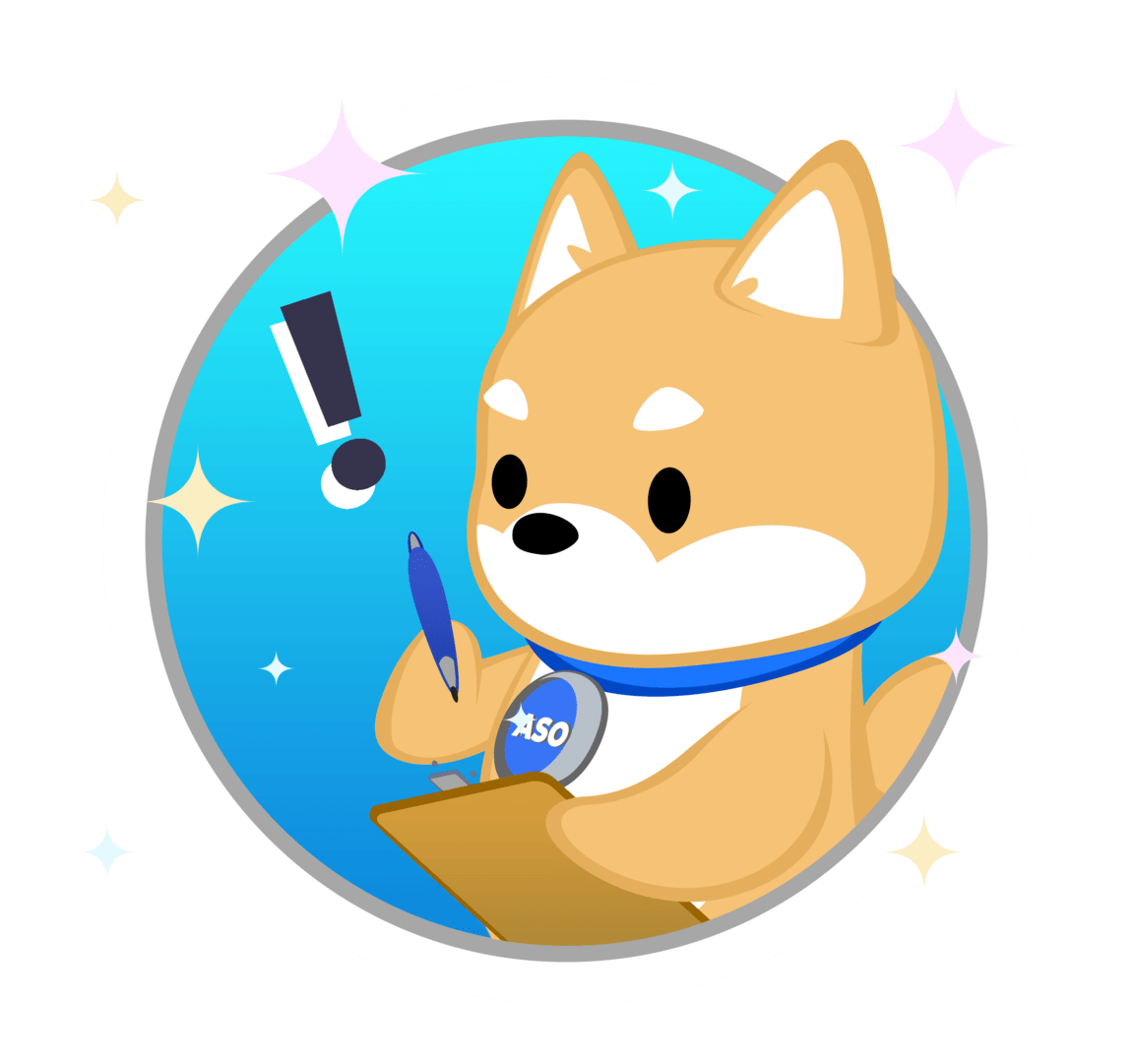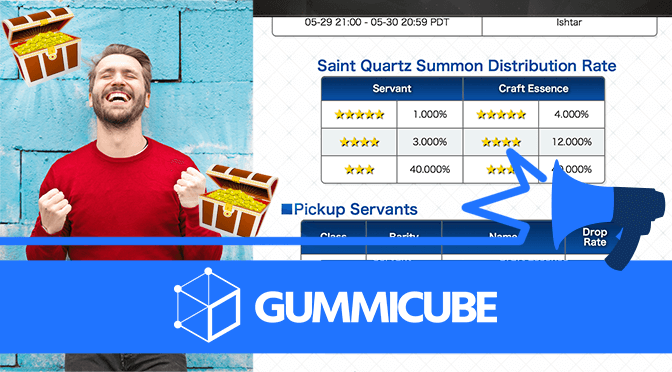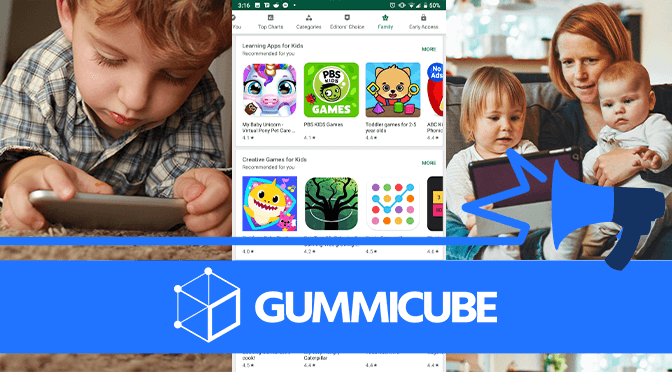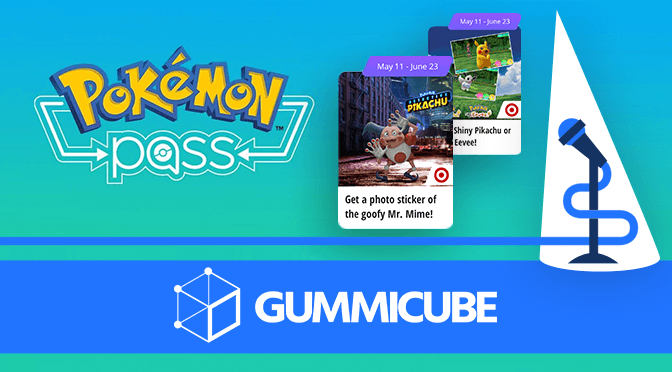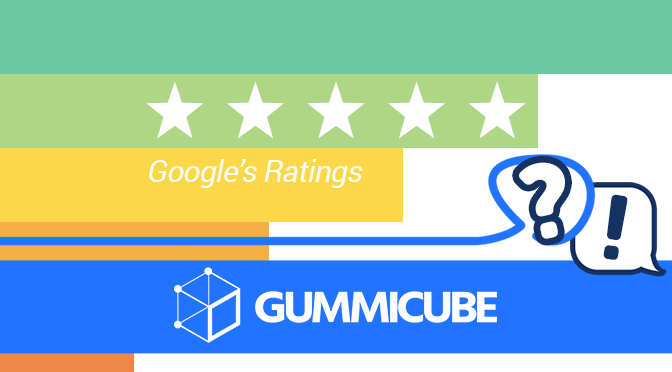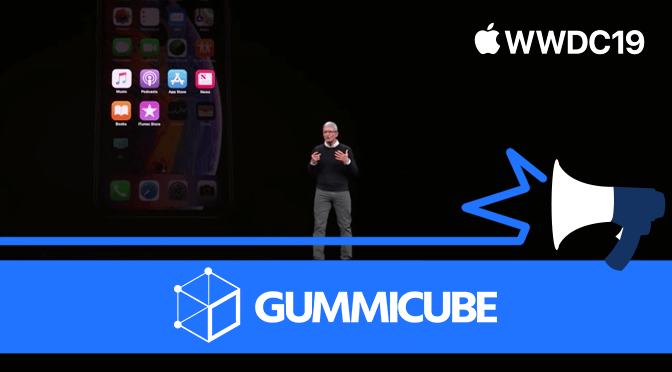
WWDC 2019: Announcements and App News
Posted on June 4th, 2019
Apple’s WWDC conference has begun, kicking off with a keynote that covered major upcoming news and announcements. As anticipated, the company has revealed new iOS and macOS versions, as well as news that’s vital for app developers.

